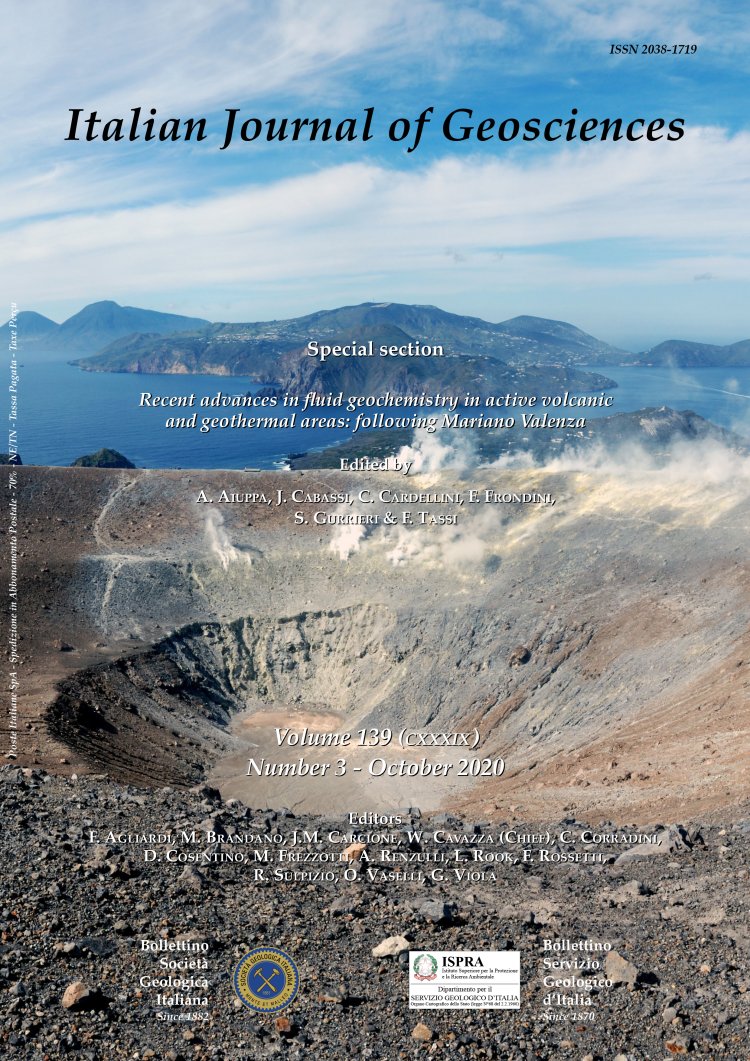

The hydrothermal system of Bagni San Filippo (Italy): fluids circulation and CO2 degassing
Giovanni Chiodini (1), Carlo Cardellini (2), Stefano Caliro (3), Rosario Avino (3), Marco Donnini (4), Domenico Granieri (5), Nicola Morgantini (6), Domenico Sorrenti (7) & Francesco Frondini (2)
(1) Istituto Nazionale di Geofisica e Vulcanologia, Sezione di Bo- logna, via D. Creti 12, 40128 Bologna, Italy.
(2) Dipartimento di Fisica e Geologia, Università degli Studi di Perugia, via Pascoli snc, 06123 Perugia, Italy.
(3) Istituto Nazionale di Geofisica e Vulcanologia, Sezione di Na- poli Osservatorio Vesuviano, via Diocleziano 328, 80124 Napoli, Italy. (4) Consiglio Nazionale delle Ricerche, Istituto di Ricerca per la Protezione Idrogeologica, via Madonna Alta 126, 06128 Perugia, Italy. (5) Istituto Nazionale di Geofisica e Vulcanologia, Sezione di
Pisa, via Cesare Battisti 53, 56125 Pisa, Italy.
(6) Agenzia Regionale per la Protezione Ambientale, ARPA Umbria, Via Pievaiola 207/B-3, 06132 Perugia, Italy.
(7) Geotecno S.R.L., Via Domenichino 49, 20149 Milano, Italy.
Corresponding author e-mail: carlo.cardellini@unipg.it
Abstract
Keywords
Get Full Text